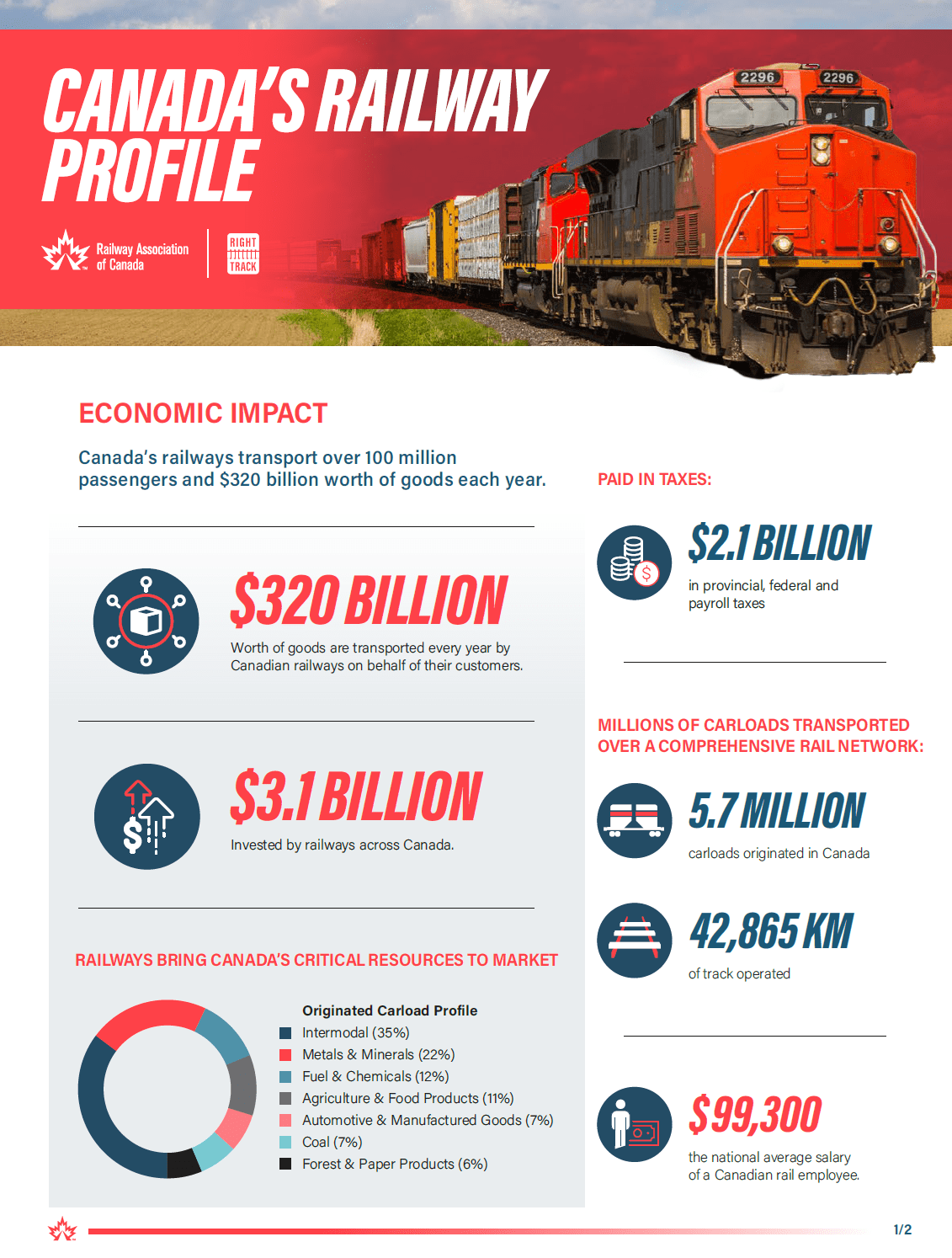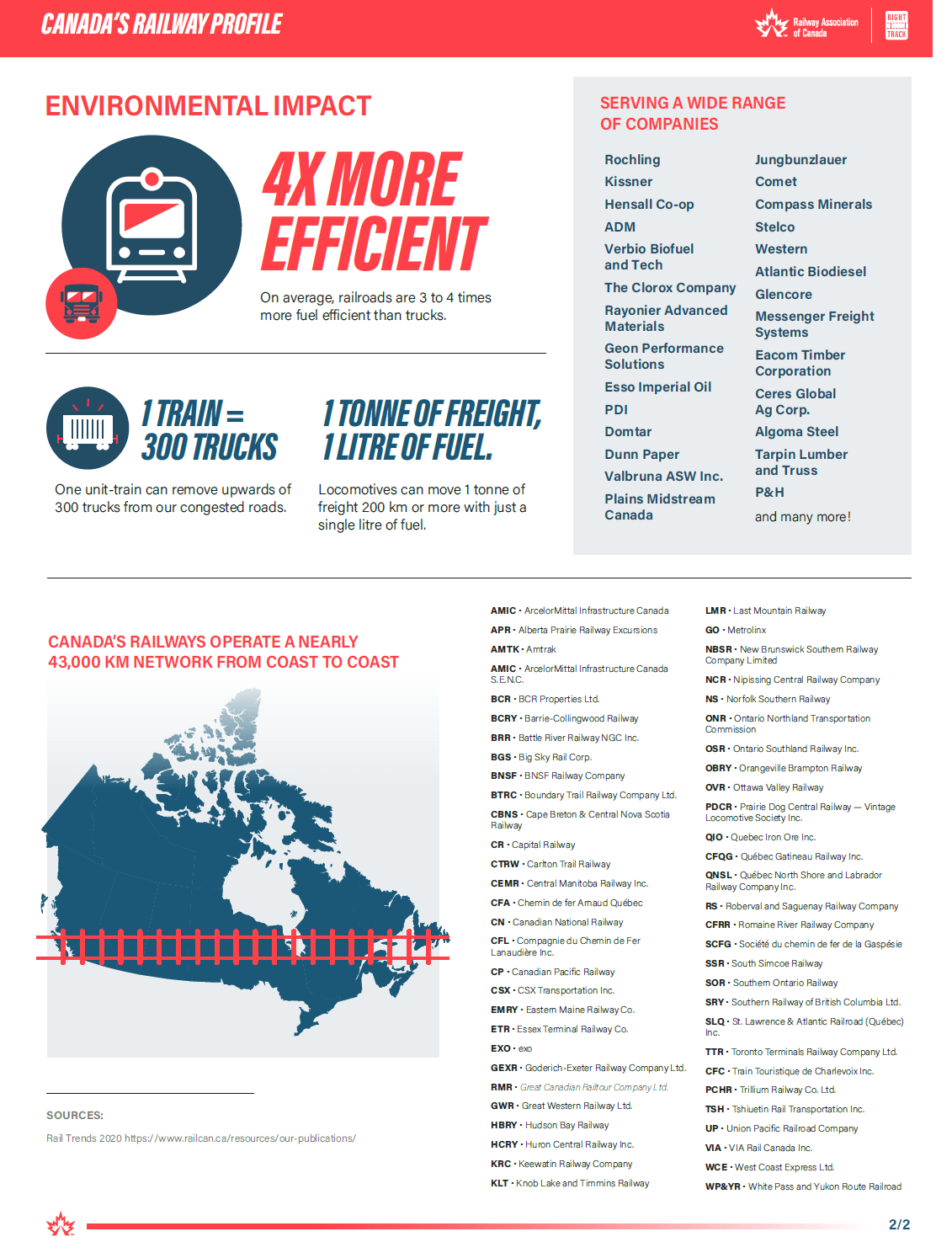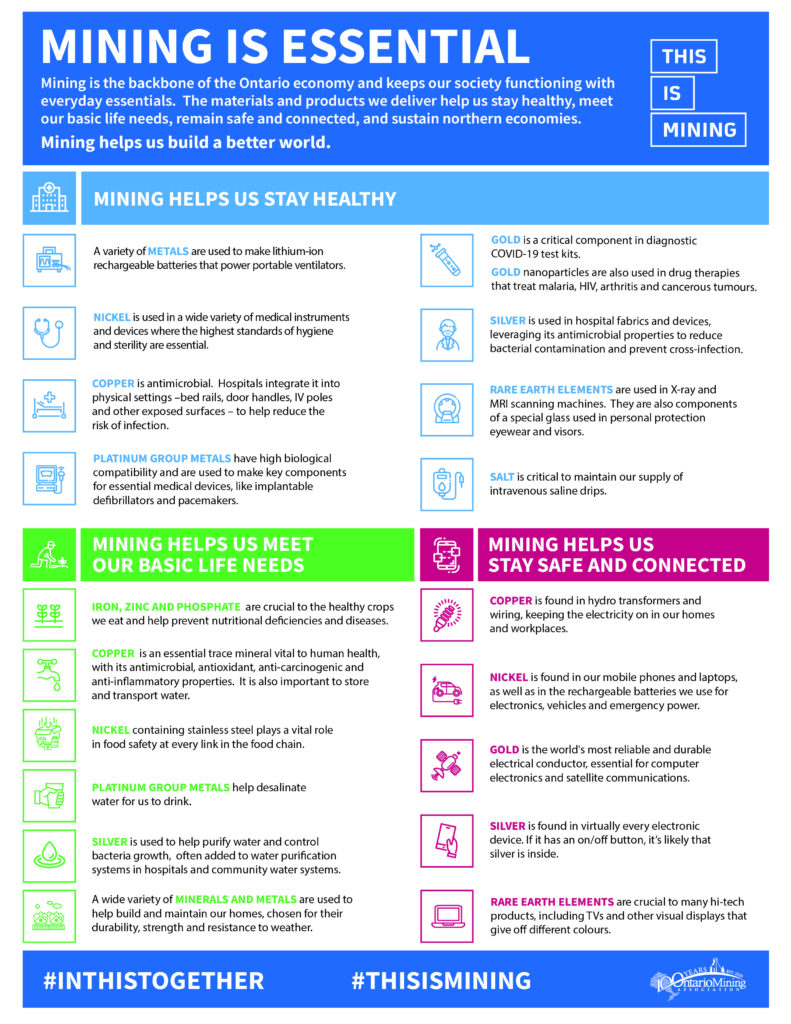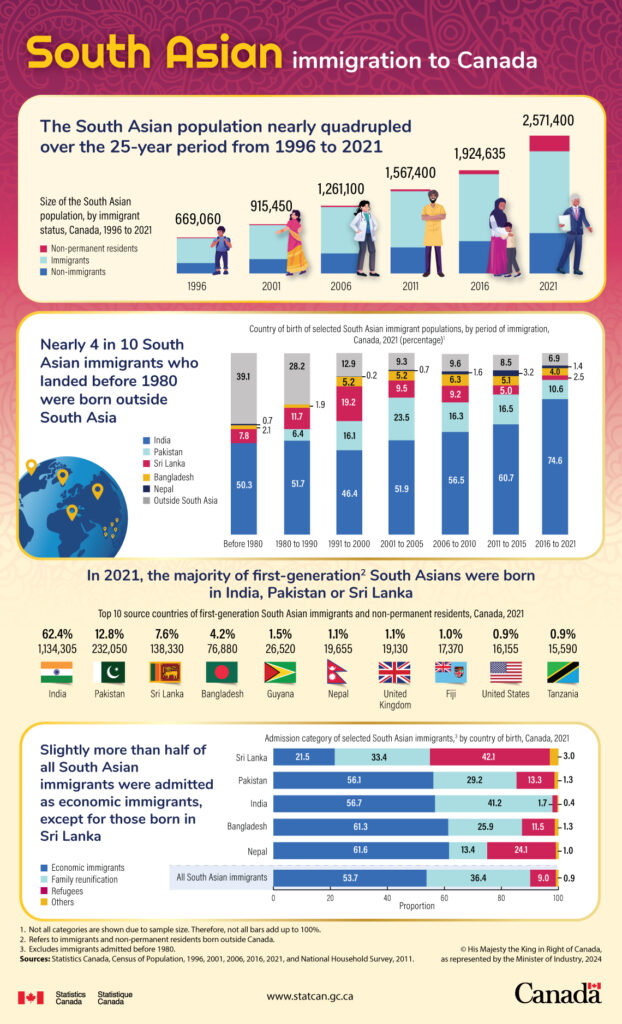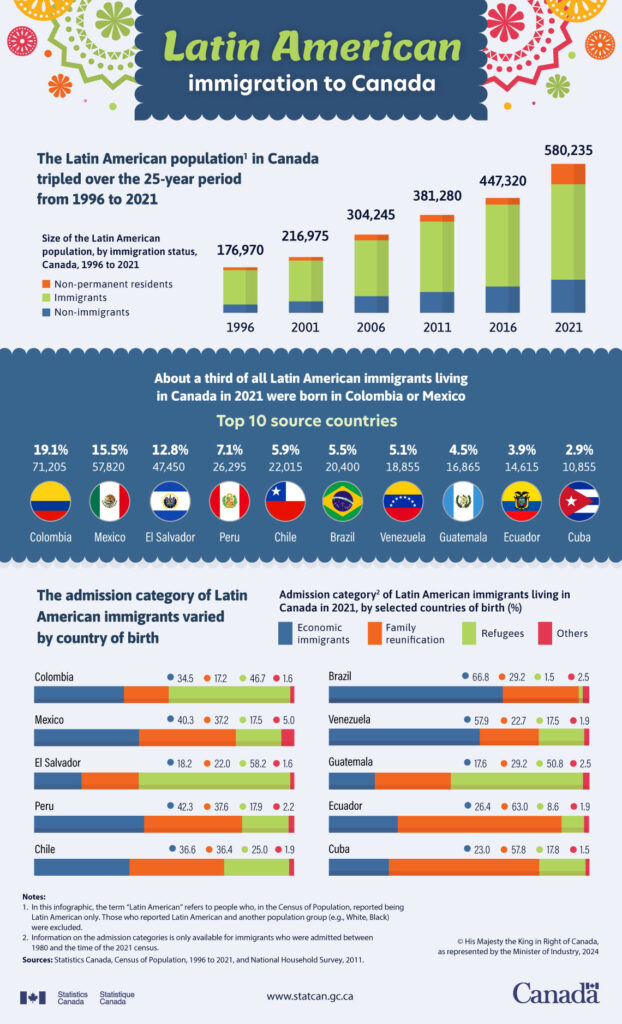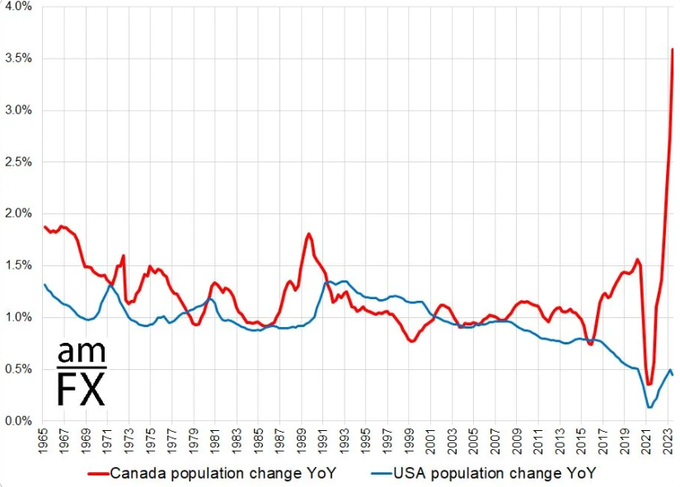Canada is the second largest country in the world in terms of land after Russia. It is interesting to note that Canada is also slightly larger than the US. Canada’s economy is about one-tenth the size of the US economy. However one major difference between the economies is unlike the US economy, Canada is a resource-based economy. Most of the country is uninhabited but rich in natural resources like timber, gold, diamond, nickel, etc.
To move all the natural resources across vast land it is necessary to have an efficient rail network. Though the country has passenger rail systems the Canadian railway system is dominated by freight railways. This is not surprising since the vast majority of the population lives closer to the coasts and closer to the US border. So much of the resources from up north and west are transported thru railroads. Two major Class I railroads – Canadian National(CNI) and Canadian Pacific(CP) – cover the entire country with some smaller routes supported by short line networks. Both CN and CP are also publicly traded and transcontinental. In fact, the recent acquisition of Kansas City Southern(KSU) in the US by Canadian Pacific will provide CP an amazing network connecting Canada all the way to Mexico.
From an investment standpoint, CN and CP are some of the best ways to profit from not only the growth of the Canadian economy but also also the US economy since both railroads are highly interconnected with the US rail network. With that brief intro, below is an interesting infographic I recently came across at the Railcan website.
Click to enlarge
Source: Railway Association of Canada
Disclosure: Long CNI
